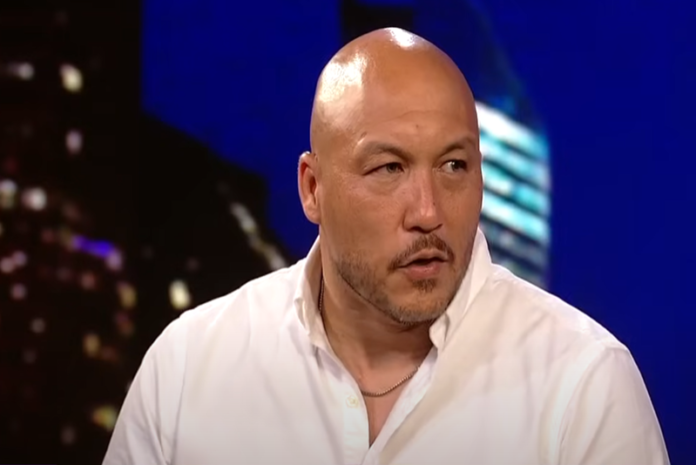In one of the most chronicled instances lately, a class of students was said to have been expelled after unbraiding the hair of one of the teachers. The event, which has captured considerable interest from the audience, touches on issues such as personal space, appropriate behavior in the classroom, and the disciplinary procedures in schools. This paper will analyze the experience, attempt to explain what could have provoked such extreme punitive measures, and examine the implications of this incident for students, teachers, and school communities in general.
What Happened: A Snapshot of the Incident
An Overview of the event in one of the classrooms, the students were instructed to perform a task as part of their lesson with one teacher, and in the process united them. When asked to allow her students to unbraid her hair, a teacher reportedly obliged. On the student-teacher interface, this is self-explanatory but as it later showed, what was meant to be innocent was later misconstrued.
The incident was made even worse when parts of it went public and people voiced their opinions all over social media. Preparing teachers for today’s schools is not easy, with increasing expectations in an ever-changing global society. Following the situation, the school administration was prompted to suspend the participants, which greatly worsened the already heated debate.
Students Unbraiding Teacher’s Hair Fired: Was the Punishment Too Severe?
There is controversy concerning whether the expulsion of the students was warranted or not. Some supporters are also of the opinion that professional boundaries must be established in the school and the students crossed these boundaries by taking part in what can in all circumstances be viewed as rude behavior. Others, however, contend that such offenses as firing students who were engaged in a particular misconduct were unwarranted, especially as the teacher purportedly rather allowed or endorsed the practice.
Why Professional Boundaries Matter in Educational Settings?
Every classroom should respect certain boundaries to run smoothly and professionally. Yet sometimes such boundaries may not be apparent, as it is in our case, and this is where problems and awkwardness may arise. Students are likely to assume that if the boundaries are relaxed, there is nothing wrong in behaving in ways that, though unintended, disrespect teachers. Jointly, teachers should provide academic leadership and demonstrate appropriate behavior that students are expected to adopt.
Allowing students to do things such as grooming themselves with a teacher particularly when that teacher is male, even if done because of love or care for the students, can even cross these boundaries. Such teachers are more likely to be encouraged and instructed to set boundaries in a rather stern manner to students, rather than being relaxed to not compromise the students’ understanding of the teacher’s position.
Implications of the Incident for Schools, Teachers, and Students
The ‘students unbraiding teacher’s hair fired’ incident can be illustrative of a lack of sufficient boundaries, in other words, rules that define what students and teachers can, and cannot do within the confines of a classroom. It emphasizes school expectations on both the student and teacher’s part regarding what constitutes acceptable and appropriate behavior within the parameters of the classroom setting. Certain policies and measures must be advocated for, especially during a policy review process to eliminate the likelihood of similar working situations, whereby the boundaries of students and teachers within the classroom context are overstepped.
For learners, the focus in this case should be how some innocent behavior can be misread by their fellow students, their teachers, school management, and even the society at large. Furthermore, this lesson can be beneficial to the teachers where they have to remember that clear boundaries are important in teaching respect and professionalism.
Conclusion
The incident of the students being fired from schools over a teacher’s very hair and the student’s hair un braiding incident has generated heated debate and discussion on professionalism and boundaries in schools. This particular case touches on the boundaries that every educator needs to have when they are fostering an open and engaging environment for students. Moving forward, schools, teachers, and students can learn from the incident and build positive relationships based on respect for professional norms but should also embrace individual differences.









